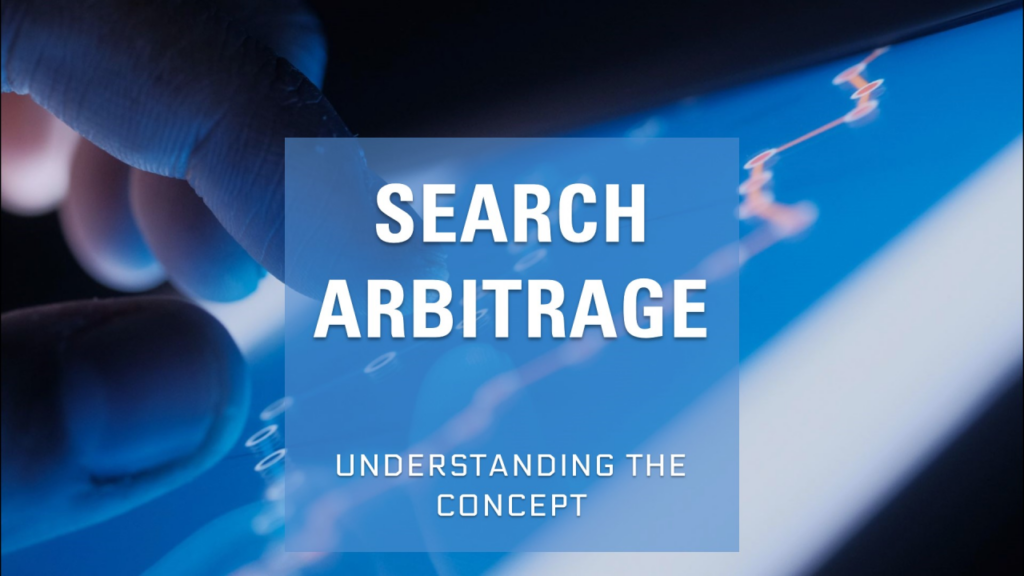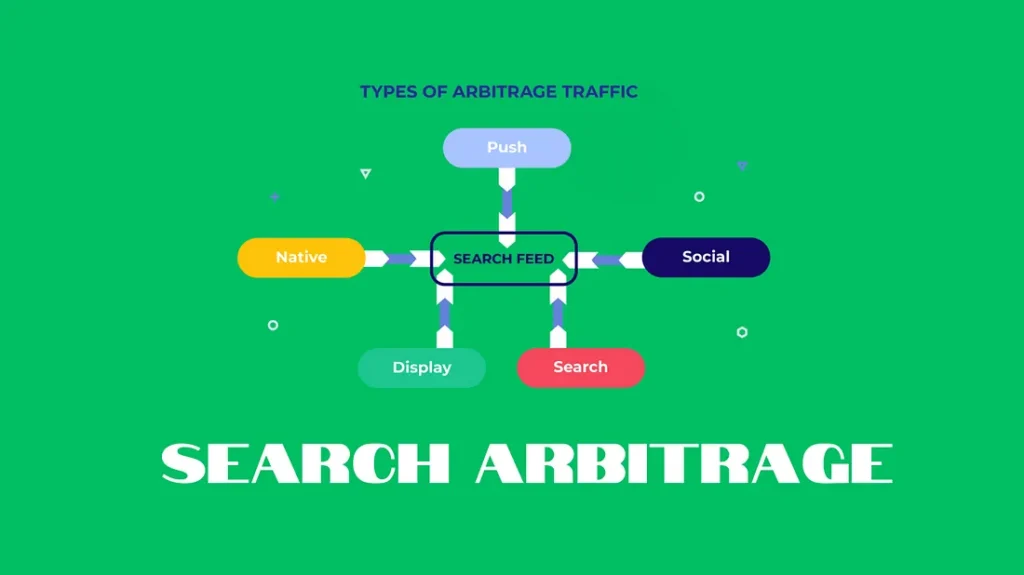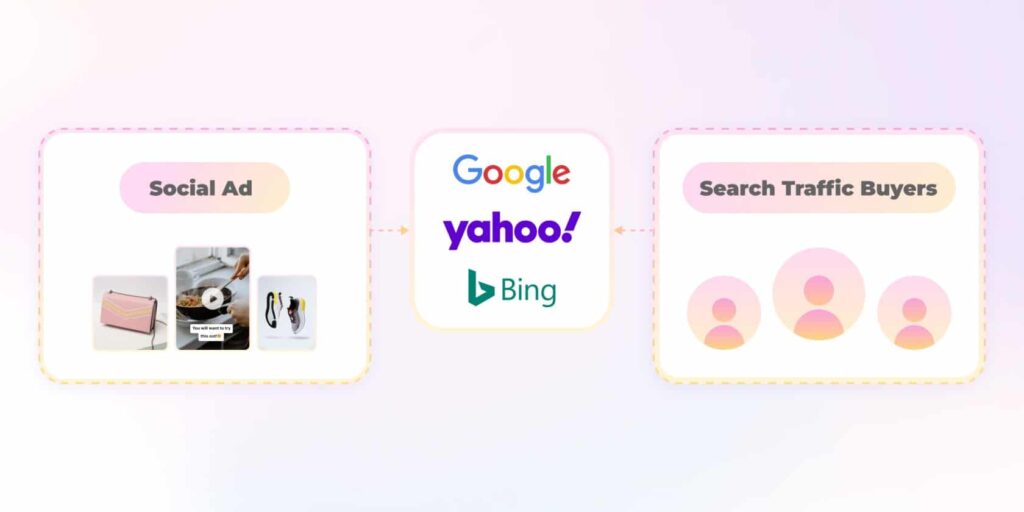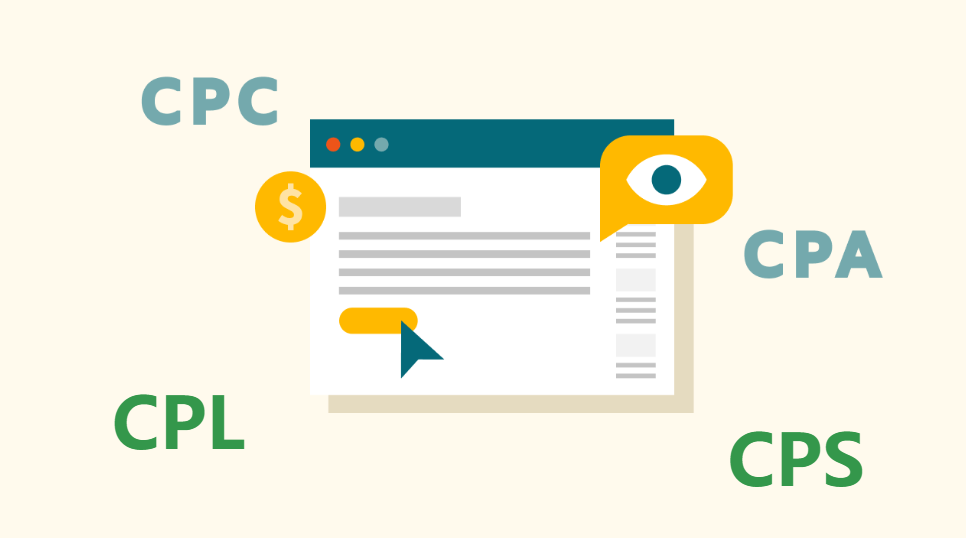Media buying is an essential component of digital marketing that involves the procurement of media space and time for displaying advertisements in various formats. This practice is crucial for businesses aiming to enhance their visibility, reach their target audience effectively, and maximize the impact of their advertising efforts. In this comprehensive guide, we delve into the intricacies of media buying, offering insights and strategies to help you optimize your campaigns and achieve superior results.
Table of Contents
Understanding Media Buying
At its core, media buying involves the strategic acquisition of advertising space across a variety of platforms, such as digital websites, social media, print magazines, television channels, and radio stations. The primary objective of this process is not only to secure this space but to do so under the most favorable conditions possible, which includes negotiating optimal prices and terms. This meticulous strategy ensures that advertisements are not just displayed, but are seen by the right audience at precisely the right moment for maximum impact.
The practice of media buying requires a deep, nuanced understanding of the current market. Media buyers must analyze a plethora of factors: demographic data, audience behaviors, peak viewing times, and even psychographic profiles. This data-driven approach allows them to identify the most effective platforms for specific ads, tailor their messaging to resonate with the intended audience, and ultimately, maximize the return on investment (ROI) for their advertising efforts.
Moreover, media buying is not just about placing an advertisement; it’s about weaving the ad seamlessly into the audience’s media consumption habits without disrupting their experience. For digital platforms, this might mean opting for native advertising which blends naturally with the platform’s content or utilizing programmatic advertising which leverages algorithms to place ads in real-time during optimal engagement periods. For traditional media like television and radio, it involves choosing time slots and programs that attract a high viewership from the target demographic, as well as negotiating spot placements that coincide with key events or seasons when audience engagement is at its peak.
The Strategic Planning Phase
Before any media purchase is made, the strategic planning phase is crucial to ensure the effectiveness and efficiency of an advertising campaign. This phase comprises several key components that lay the foundation for successful media buying:
Market Research: This is the cornerstone of any successful media buying strategy. A thorough understanding of the target audience—demographics, behaviors, preferences, and even psychographics—is critical. Effective market research involves gathering data through surveys, social media analysis, focus groups, and industry reports. This information helps advertisers to not only identify who their audience is but also understand their daily media consumption habits, their likes and dislikes, and how they respond to different types of advertisements. This level of insight ensures that the media buying strategy is precisely tailored to resonate with the target audience.
Budget Allocation: Determining the budget involves not just deciding how much to spend but also planning how to allocate the spend across various media platforms to achieve the best return on investment. Budget decisions should consider factors such as the campaign duration, the cost of different media platforms, the expected reach of these platforms, and previous campaign performance data. It’s a delicate balance between spending enough to achieve meaningful engagement and optimizing the budget to spread across diverse channels effectively.
Media Mix Decision Making: Selecting the right combination of media channels is vital for reaching the audience where they are most active and receptive. The media mix decision should align with the overall campaign goals and the specific habits of the target audience. This may include a blend of traditional media like TV and radio, digital platforms like social media and programmatic ads, and even outdoor advertising. Each channel comes with its strengths and targeting capabilities, and the choice should support the campaign’s objectives—whether it’s building brand awareness, driving sales, or engaging a specific demographic.
The strategic planning phase is about setting a strong foundation. By conducting detailed market research, making informed budget allocations, and carefully choosing the media mix, advertisers can significantly enhance their campaign’s potential for success. This holistic approach ensures that every dollar spent is geared towards effectively engaging the intended audience and achieving the campaign’s strategic goals.
Types of Media Buying
Media buying, a pivotal element in the marketing strategy of any organization, can be categorized into three distinct types, each serving different needs and offering unique advantages.
Direct Buying: This traditional form of media buying involves directly purchasing advertising space from the media owners, such as websites, TV stations, or magazines. This approach allows advertisers to negotiate specific placements and prices, ensuring that their ads appear in desired slots or locations. Direct buying often requires building strong relationships with media vendors and can provide opportunities for custom ad integrations or sponsorships that are not typically available through other buying methods. This hands-on approach offers control over where and when ads are displayed, which can be crucial for campaigns targeting specific demographics or geographic locations.
Programmatic Buying: This modern approach to media buying harnesses the power of technology, using algorithms and machine learning to automate the buying process. Programmatic platforms analyze vast amounts of data in real time to determine the best ad placements based on audience behavior, optimizing the likelihood of reaching target consumers at the optimal moment. This method offers unparalleled efficiency and precision, enabling advertisers to maximize their return on investment by dynamically purchasing ad space that aligns closely with their marketing objectives. The scalability and speed of programmatic buying make it an invaluable tool for advertisers looking to adapt quickly to market changes and consumer trends.
Network Buying: Network buying involves purchasing advertising space in bulk from a network that distributes these ads across a variety of media outlets, including online platforms, TV channels, and radio stations. This method offers extensive reach and can be cost-effective, as networks often provide discounts for bulk purchases. By leveraging a network’s distribution capabilities, advertisers can achieve widespread visibility, making it an excellent strategy for broad-based branding and promotional campaigns. Additionally, network buying simplifies the media procurement process, as it consolidates purchases across multiple channels, reducing the complexity and administrative overhead associated with managing multiple media vendor relationships.
Each of these media buying types offers distinct benefits and can be strategically employed depending on the campaign goals, target audience, and desired outcomes. By understanding and effectively utilizing direct buying, programmatic buying, and network buying, advertisers can craft comprehensive media strategies that effectively reach their audiences and drive campaign success.
Executing a Successful Media Buy
The execution of a media buying strategy, critical to the success of advertising campaigns, involves several key steps that must be meticulously managed to ensure optimal results.
Negotiation: Effective negotiation is a cornerstone of successful media buying. Skilled media buyers leverage their knowledge of market trends, pricing structures, and the unique value propositions of different media platforms to negotiate favorable terms. This involves not just negotiating lower prices but also securing prime ad placements and beneficial contract terms such as extended run times or digital enhancements at no extra cost. By building strong relationships with media vendors and using data-driven arguments, media buyers can create agreements that benefit both the advertiser for cost-efficiency and the media outlet for long-term business relationships.
Optimization: Once a campaign is live, the focus shifts to optimization, a continuous process where performance data is king. Media buyers monitor a variety of metrics such as click-through rates, conversion rates, and engagement levels to assess the effectiveness of each ad placement. Advanced tools and technologies allow for real-time data analysis, enabling buyers to make swift adjustments to improve campaign performance. This might involve reallocating budget to higher-performing channels, tweaking ad creatives, or even renegotiating terms with vendors if certain expectations are not being met. The goal is to dynamically steer the campaign towards achieving the highest possible return on investment.
Integration: To amplify the effectiveness of media buying, integrating it with other marketing strategies is essential. This multidisciplinary approach ensures that all aspects of marketing work synergistically. For instance, aligning media buying with search engine optimization (SEO) can enhance visibility and drive traffic, while coordination with content marketing ensures that ad content resonates deeply with the target audience, boosting engagement. Similarly, integrating social media can expand reach and foster interactive connections with consumers. This holistic integration not only helps in building a cohesive brand image but also optimizes the overall marketing spend by leveraging each channel’s strengths.
These steps in the execution phase of media buying are crucial for translating strategic plans into tangible results. By excelling in negotiation, optimization, and integration, media buyers can significantly enhance the impact and efficiency of their campaigns, driving not just short-term gains but long-term brand growth.
Emerging Trends in Media Buying
As technology advances, the landscape of media buying is rapidly transforming, driven by innovation and shifts in consumer behavior. Here are some detailed insights into current trends reshaping this field:
Increased Use of AI and Machine Learning: The integration of AI and machine learning into media buying is revolutionizing how campaigns are crafted and executed. These technologies enable media buyers to analyze vast amounts of data quickly and accurately, predicting consumer behavior and identifying optimal ad placements with unprecedented precision. AI algorithms can adjust bidding strategies in real-time, optimizing budgets across campaigns to maximize return on investment. Furthermore, machine learning facilitates the personalization of ads, ensuring that they resonate more deeply with individual users by aligning with their specific preferences and browsing habits.
Focus on Multi-Channel Campaigns: In today’s fragmented media environment, a multi-channel approach is essential. Advertisers are increasingly leveraging a blend of digital and traditional media channels to create a cohesive marketing strategy that reaches consumers across multiple touchpoints. This approach allows brands to engage with their audience in a more holistic manner, ensuring consistency in messaging whether the audience is streaming content online, watching TV, or scrolling through social media. By synchronizing their efforts across channels, advertisers can enhance brand recall and drive deeper engagement.
Greater Emphasis on Privacy: The importance of data privacy continues to grow, influenced by regulations such as the General Data Protection Regulation (GDPR) in Europe and the California Consumer Privacy Act (CCPA) in the United States. These laws have heightened the need for media buyers to be extremely cautious in how they collect, store, and utilize consumer data. Compliance is not just a legal requirement but also a critical component of building trust with consumers. Advertisers must ensure that their data practices are transparent and that they maintain high standards of data security to protect consumer information, all while still managing to deliver personalized advertising experiences.
These trends illustrate the dynamic nature of media buying today, where adaptability and forward-thinking are key to navigating the evolving digital landscape effectively. By embracing these trends, media buyers can stay ahead of the curve, delivering more efficient, effective, and ethically responsible campaigns.
Challenges in Media Buying
Despite its many benefits, media buying presents a range of challenges that can impact the effectiveness and efficiency of advertising campaigns:
Ad Fraud: Digital ad fraud remains a pervasive challenge in the industry. It not only squanders financial resources but also skews analytics, leading to misguided strategic decisions. Advertisers must employ sophisticated detection and prevention techniques, such as traffic analysis and anti-fraud technologies, to ensure that their advertisements are being viewed by actual potential customers, not bots. This requires ongoing vigilance and investment in the latest security measures to safeguard their investments.
Fragmentation of Media Channels: The digital age has ushered in an explosion of media channels, each offering unique opportunities and audiences. From social media platforms and streaming services to traditional media such as television and print, the choices are vast and varied. This fragmentation makes it challenging for media buyers to identify the most effective platforms for reaching their target demographics. To navigate this complexity, they must conduct extensive research and utilize data analytics to understand where their audience spends most of their time and how they consume content. The strategy becomes not only about choosing the right channels but also optimizing the media mix for maximum impact.
Changing Consumer Behaviors: Consumer preferences and behaviors are constantly evolving, influenced by technological advancements, cultural shifts, and economic factors. Media buyers must keep a finger on the pulse of these changes to remain relevant. For instance, the rise of ad blockers and increased privacy concerns have changed how advertisements are received and perceived. Additionally, the trend towards personalized content and on-demand media consumption requires advertisers to rethink traditional broadcasting schedules and push more towards targeted, contextually relevant advertisements.
Each of these challenges requires media buyers to be adaptable, proactive, and resourceful. By continuously monitoring trends, adapting strategies, and employing advanced technologies, media buyers can overcome these obstacles and optimize their advertising efforts for better results.
Conclusion
Media buying stands as a highly dynamic and challenging field that demands a diverse set of skills and a robust understanding of the advertising landscape. This domain calls for a blend of sharp analytical capabilities, strategic foresight, and a continuous commitment to keeping pace with the ever-evolving trends of the advertising industry. For advertisers aiming to craft effective and successful media buying strategies, it is crucial to start with a solid grasp of the fundamentals, be alert to the shifting trends, and adeptly navigate through the myriad challenges that the field presents.
Possessing strong analytical skills is non-negotiable in media buying. Advertisers must be able to interpret complex data sets, understand market dynamics, and analyze consumer behavior to determine the most effective ways to reach their target audience. This involves delving into audience demographics, preferences, and media consumption habits, as well as evaluating the performance metrics of different media channels. Whether it’s calculating the cost-per-click (CPC) of online ads or assessing the reach and frequency of television spots, every decision in media buying is underpinned by data analysis.
Strategic thinking is equally critical. Media buyers must strategically plan campaigns that not only reach their audience but also align with broader business objectives. This requires a deep understanding of the brand’s goals, the competitive landscape, and the unique value proposition of the product or service being advertised. Strategic media buyers think several steps ahead, anticipating market shifts and competitor moves, and adjusting their approaches accordingly. They also need to creatively integrate various media channels to develop a cohesive and effective overall campaign. This might involve combining traditional media, like print and broadcast, with digital platforms to optimize exposure and engagement.
In conclusion, successful media buying demands more than just buying space and time in various media outlets. It requires a harmonious blend of analysis, strategy, and up-to-date knowledge, coupled with the ability to anticipate and adapt to the rapidly changing advertising ecosystem. By mastering these aspects, advertisers can develop media buying strategies that not only resonate with their audience but also robustly propel their business objectives forward, ensuring sustained growth and success in a competitive marketplace.







